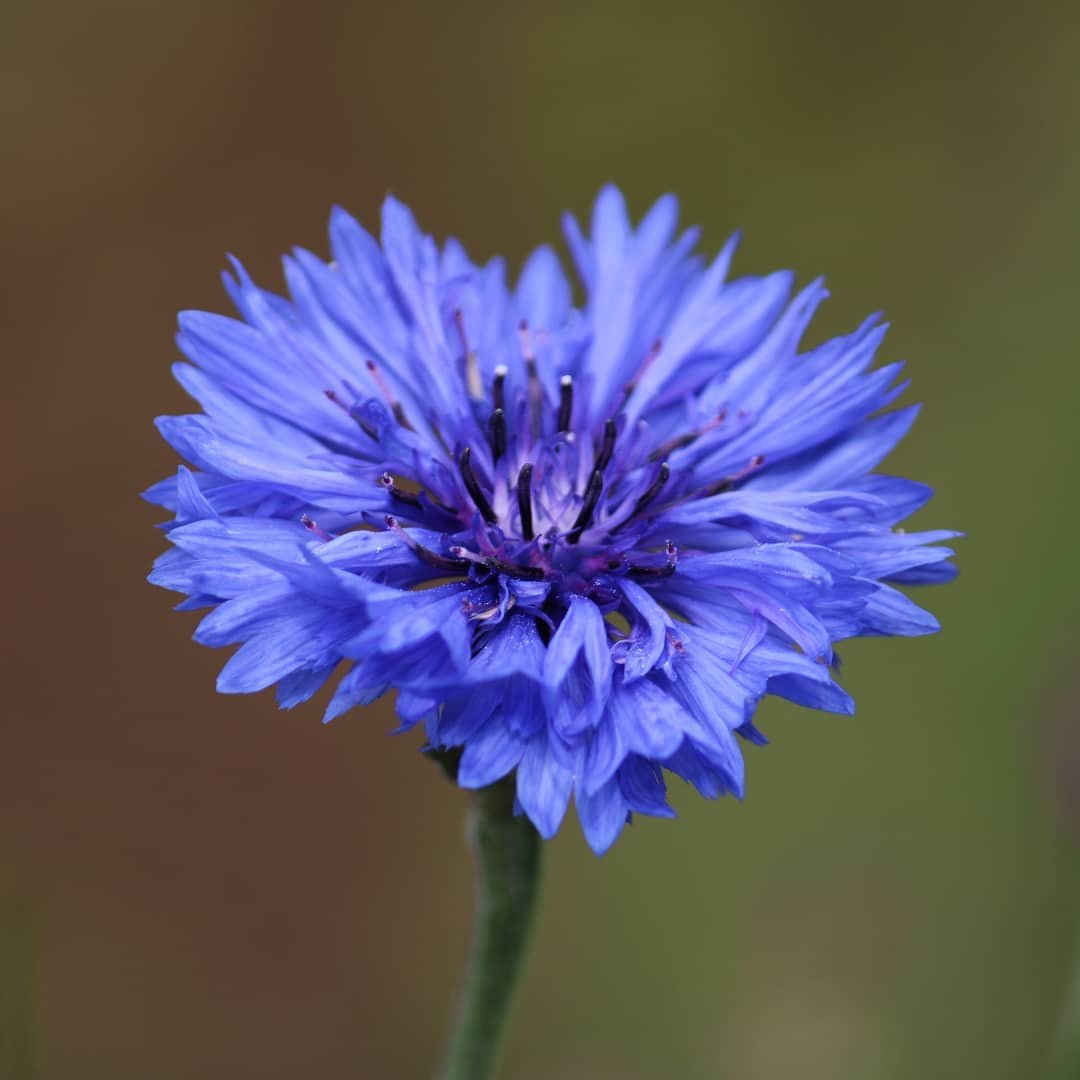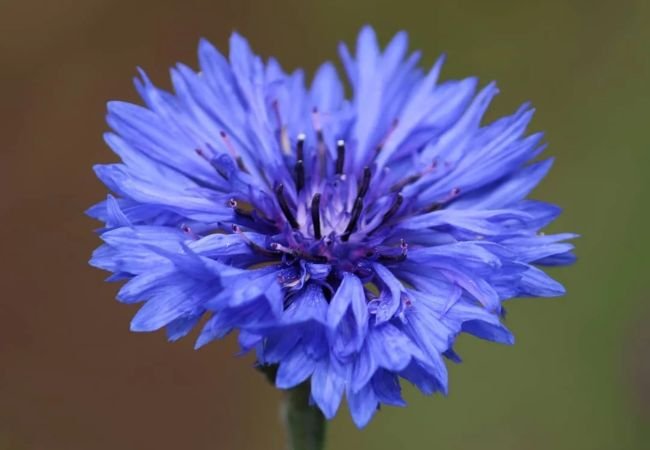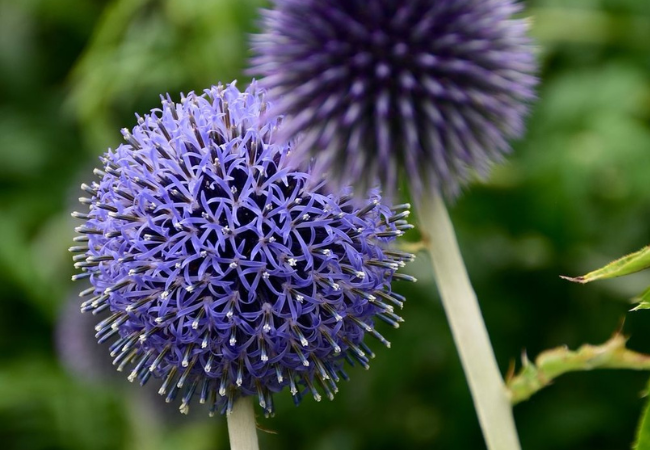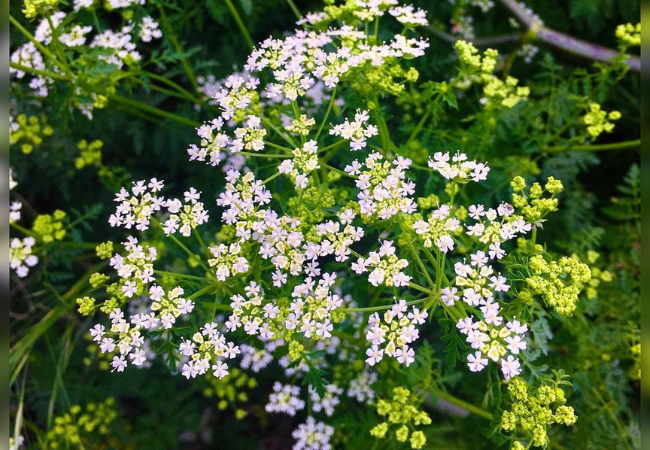Discover the beauty and versatility of Centaurea Flowers. Learn how to grow, care for and use these charming blooms in your garden. Perfect for gardeners of all levels in the USA.
Have you heard of Centaurea flowers? These pretty blooms, also known as bachelor’s buttons or cornflowers, can add a lovely touch to any garden. Let’s explore these flowers and learn how to grow them in your yard.
Certainly! Here’s a chart with information about Centaurea flowers:
| Aspect | Details |
|---|---|
| Botanical Name | Centaurea spp. |
| Common Name | Centaurea, Cornflower, Bachelor’s Button |
| Plant Type | Perennial or annual (depending on species) |
| Hardiness Zone | Zones 3-9 |
| Sun Exposure | Full sun |
| Soil Type | Well-drained, average soil |
| Watering Needs | Low to moderate; drought-tolerant once established |
| Growth Habit | Upright, clumping |
| Height/Spread | 1-3 feet tall / 1-2 feet spread |
| Special Features | Attracts butterflies and bees, deer resistant, long blooming period |
What are Centaurea Flowers?

Centaurea is a group of plants that includes many different types. The most common ones have blue, purple, or pink flowers that look like small, fluffy pom-poms. They’re easy to grow and can brighten up any garden.
Types of Centaurea
There are many kinds of Centaurea, but some popular ones in the USA are:
- Centaurea cyanus – Bachelor’s Button or Cornflower
- Centaurea montana – Mountain Bluet
- Centaurea americana – American Basket-flower
Where Do Centaurea Grow?
Centaurea flowers can grow in many parts of the USA. They do well in USDA hardiness zones 2-11, which covers most of the country. This means you can probably grow them no matter where you live!
How to Grow Centaurea
Growing Centaurea is pretty easy. Here’s what you need to know:
Planting
- Plant seeds in spring or fall.
- Choose a sunny spot.
- Use well-draining soil.
Care
- Water when the soil feels dry.
- Fertilize lightly if needed.
- Deadhead (remove old flowers) to encourage more blooms.
Common Problems
- Watch for powdery mildew in damp conditions.
- Some types can spread quickly, so keep an eye on them.
Uses of Centaurea
In the Garden
- Plant in flower beds for a pop of color.
- Use in wildflower meadows.
- Grow in containers on patios or balconies.
For Decoration
- Cut flowers for bouquets.
- Dry flowers for long-lasting arrangements.
For Wildlife
- Attract butterflies and bees to your garden.
Interesting Facts About Centaurea
- The blue cornflower is the national flower of Estonia.
- In the past, people used cornflowers to treat eye problems.
- The name “bachelor’s button” comes from young men wearing the flowers in their buttonholes.
Growing Tips
- Centaurea seeds need light to sprout, so don’t bury them too deep.
- Some types of Centaurea can reseed themselves, giving you new plants each year.
- In hot areas, give your plants some afternoon shade.
Possible Challenges
- Some Centaurea types can become invasive in certain areas.
- They might not do well in very hot, humid climates.
Centaurea Through the Seasons
Spring: Plant seeds or young plants.
Summer: Enjoy the beautiful flowers.
Fall: Collect seeds for next year.
Winter: Plan where to plant Centaurea next spring.
Centaurea flowers are a great choice for any garden. They’re easy to grow, look beautiful, and help wildlife. Why not try planting some Centaurea in your yard this year?
Remember, gardening is about trying new things and enjoying nature. Have fun with your Centaurea flowers!
For more gardening tips and plant care guides, visit usagardenhub.com.







One comment on “Centaurea Flowers : A Comprehensive Guide for USA Gardeners”